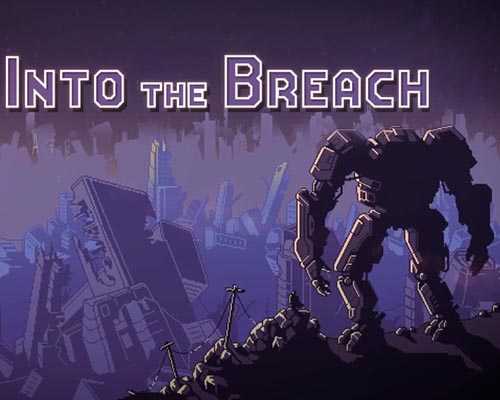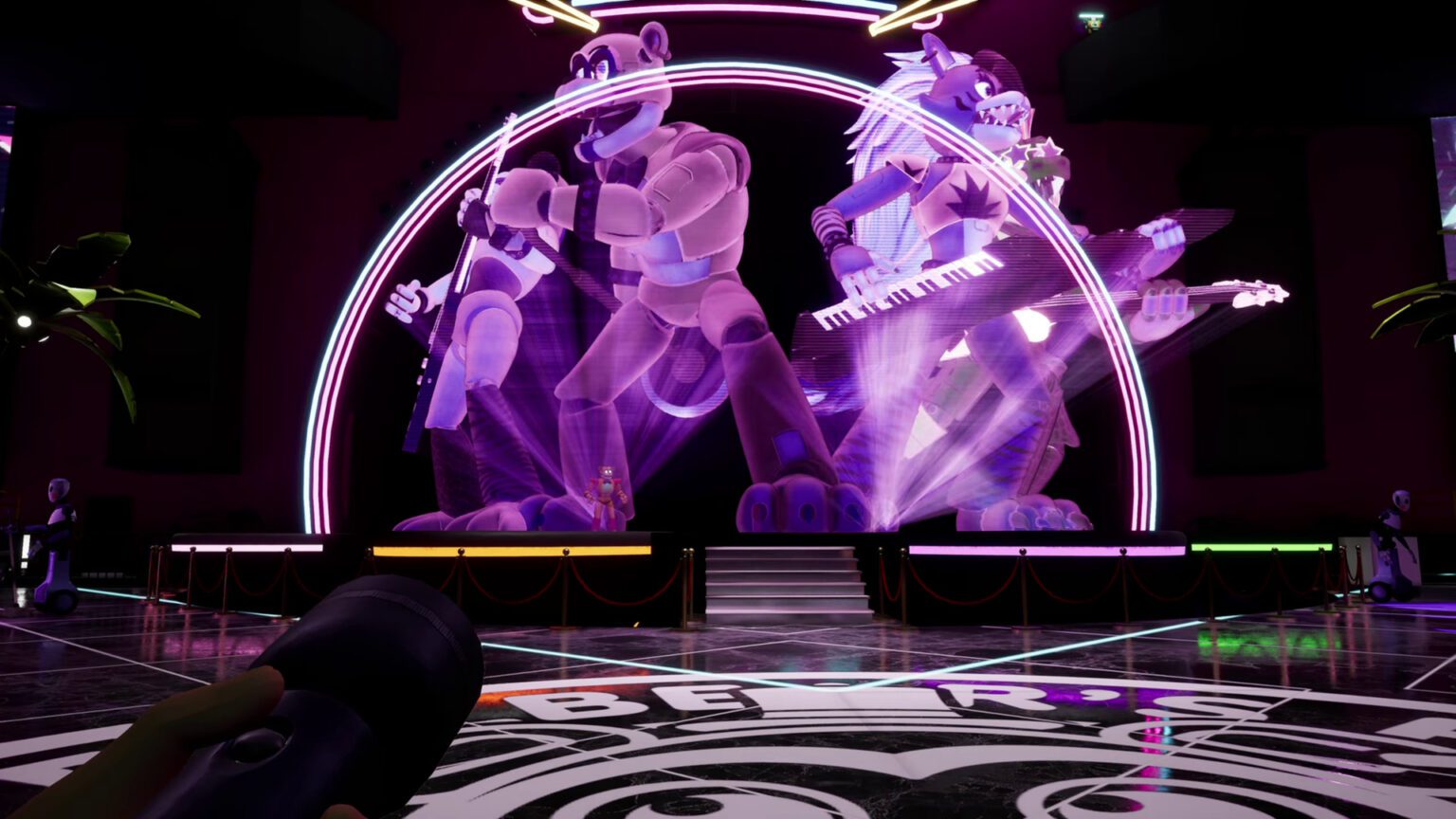

Mastering an artillery strike that shuffles three different enemies’ positions is comparable to understanding the power of a chess knight’s L-shaped bounce. The bugs are lethal but stupid, attacking whatever’s in front of them, so their position on the board is crucial. At the start of your turn, you’re shown exactly which buildings and mechs are endangered, and when you end your turn, you will know which ones you managed or failed to save.Įach mech, more of which can be unlocked and upgraded as time goes on, has its own abilities – a shove into water or a pull into the path of another enemy, an acid bomb or a level-wide laser – hence the chess comparison. Where other strategy games can require oppressively long-term construction, resource management and formation, in Into the Breach you live moment to moment, turn to turn. It’s there to prop up robot-bug brawls and to ingeniously justify restarting after a failed campaign the survivors simply send back more mechs and try again. Lest that sound like overwrought Terminator vs Pacific Rim fan fiction, rest assured the storytelling is kept to a brisk minimum. These invaders nearly destroyed a future Earth, but survivors from the even further future were able to send an assortment of war machines back through time to reverse the apocalypse. Your “army” in this case constitutes three “mechs” (gigantic assault vehicles), facing down about a dozen similarly oversized alien bugs on each mission.

But remarkably, this lunch break-friendly and charmingly chunky turn-based war game strips away so much of the stuffiness and over-complexity of the strategy game genre, without sacrificing what makes pitching armies against each other in the comforting blue glow of a monitor so endlessly tense and captivating.

P ost-apocalyptic chess with time travel, collapsing worlds and tanks the size of skyscrapers: any summary of Into the Breach makes it sound like the most over-complicated game in the world.


 0 kommentar(er)
0 kommentar(er)
